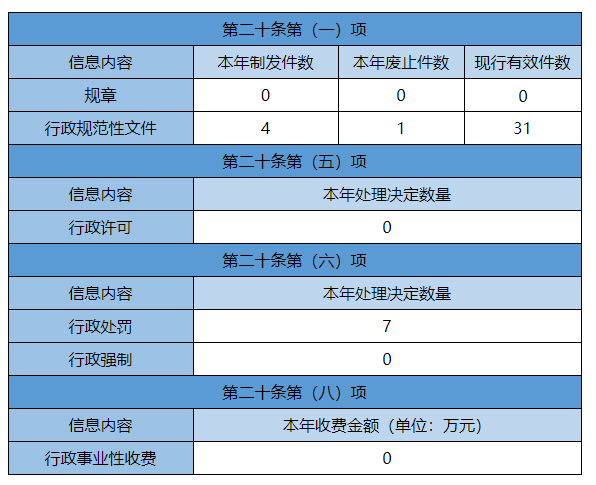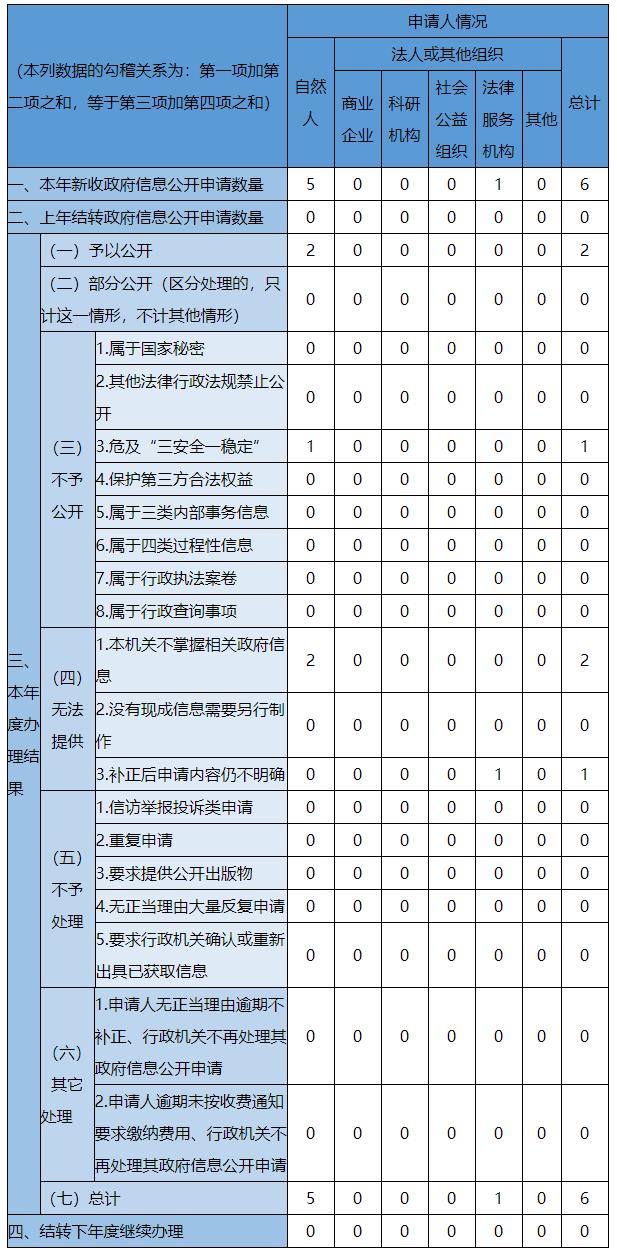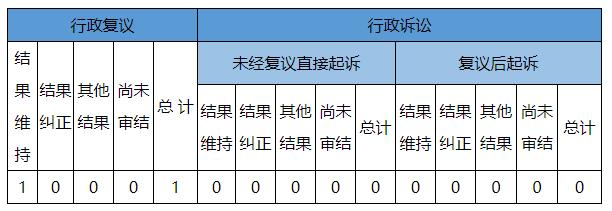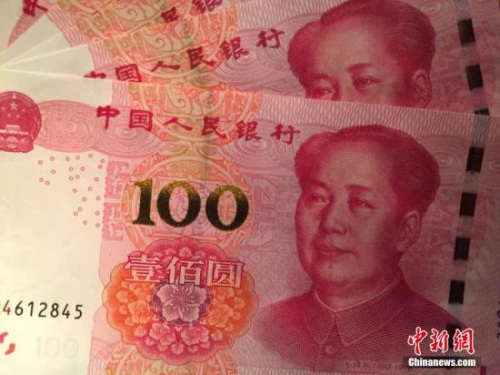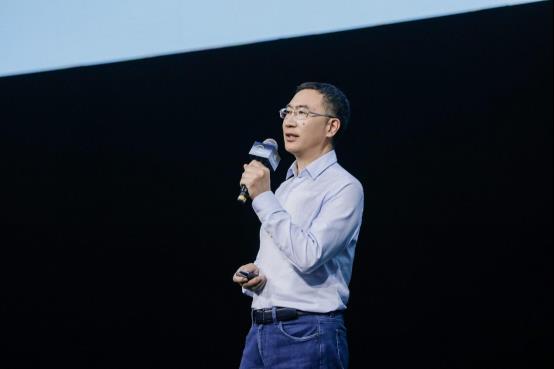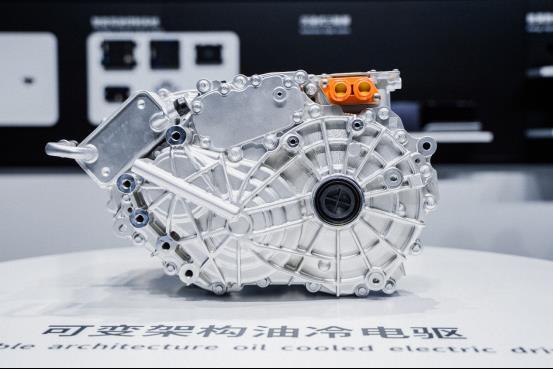Topic: The 17th National Congress of the Communist Party of China
Eight, accelerate the social construction focusing on improving people’s livelihood.
Social construction is closely related to the happiness and well-being of the people. On the basis of economic development, we must pay more attention to social construction, make great efforts to safeguard and improve people’s livelihood, promote social system reform, expand public services, improve social management, promote social fairness and justice, and strive to make all people learn to teach, get paid for their work, get medical care, provide for their old age and live in a house, so as to promote the construction of a harmonious society.
(1) Give priority to the development of education and build a strong country with human resources. Education is the cornerstone of national rejuvenation, and educational equity is an important foundation of social equity. We should fully implement the Party’s educational policy, adhere to the principle of educating people and putting moral education first, implement quality education, improve the level of educational modernization, train socialist builders and successors with all-round development in morality, intelligence, physique and beauty, and run a satisfactory education for the people. Optimize the educational structure, promote the balanced development of compulsory education, accelerate the popularization of high school education, vigorously develop vocational education and improve the quality of higher education. Attach importance to preschool education and care about special education. Renew the concept of education, deepen the reform of teaching content, examination enrollment system and quality evaluation system, reduce the academic burden of primary and secondary school students and improve their comprehensive quality. Adhere to the public welfare nature of education, increase financial investment in education, standardize education fees, support education in poverty-stricken areas and ethnic minority areas, improve the student financial aid system, and ensure that children of economically disadvantaged families and migrant workers receive compulsory education on an equal footing. Strengthen the construction of teachers, focusing on improving the quality of rural teachers. Encourage and standardize social forces to set up education. Develop distance education and continuing education, and build a learning society with all-people learning and lifelong learning.
(two) the implementation of the development strategy to expand employment, promote entrepreneurship to promote employment. Employment is the foundation of people’s livelihood. We should persist in implementing a proactive employment policy, strengthen government guidance, improve the market employment mechanism, expand the scale of employment and improve the employment structure. Improve the policy of supporting self-employment and self-employment, strengthen the education of employment concept, and make more workers become entrepreneurs. We will improve the vocational education and training system for all workers and strengthen the transfer and employment training of rural surplus labor. Establish a unified and standardized human resources market and form a system of equal employment for urban and rural workers. We will improve the employment assistance system for all needy people and help zero-employment families solve their employment difficulties in time. Actively do a good job in the employment of college graduates. Standardize and coordinate labor relations, improve and implement the national policy on migrant workers, and safeguard the rights and interests of workers according to law.
(3) Deepen the reform of the income distribution system and increase the income of urban and rural residents. A reasonable income distribution system is an important embodiment of social equity. It is necessary to adhere to and improve the distribution system in which distribution according to work is the main body and various modes of distribution coexist, and improve the system in which production factors such as labor, capital, technology and management participate in distribution according to contribution. The relationship between efficiency and fairness should be properly handled in the initial distribution and redistribution, and redistribution should pay more attention to fairness. Gradually increase the proportion of residents’ income in the national income distribution, and increase the proportion of labor remuneration in the initial distribution. Efforts will be made to increase the income of low-income people, gradually raise the poverty alleviation standard and the minimum wage standard, and establish a normal wage growth mechanism and a payment guarantee mechanism for enterprise employees. Create conditions for more people to have property income. Protect legitimate income, regulate excessive income and ban illegal income. Expand transfer payments, strengthen tax regulation, break business monopoly, create fair opportunities, rectify distribution order, and gradually reverse the trend of widening income distribution gap.
(4) Accelerate the establishment of a social security system covering urban and rural residents to ensure people’s basic livelihood. Social security is an important guarantee for social stability. We should speed up the improvement of the social security system based on social insurance, social assistance and social welfare, focusing on the basic pension, basic medical care and minimum living security system, supplemented by charity and commercial insurance. Promote the reform of the basic old-age insurance system for enterprises, institutions and institutions, and explore the establishment of a rural old-age insurance system. We will comprehensively promote the basic medical insurance for urban workers, urban residents and the new rural cooperative medical system. We will improve the minimum living security system for urban and rural residents and gradually raise the level of security. Improve the unemployment, work injury and maternity insurance system. Improve the overall planning level and formulate a unified national social insurance relationship renewal method. Take various ways to enrich the social security fund, strengthen fund supervision, and realize the preservation and appreciation. Improve the social assistance system. Do a good job in special care and resettlement. Carry forward the humanitarian spirit and develop the cause of the disabled. Strengthen the work of aging. Strengthen disaster prevention and mitigation. Improve the low-rent housing system and speed up the solution to the housing difficulties of urban low-income families.
(5) Establish a basic medical and health system to improve the health level of the whole people. Health is the foundation of people’s all-round development, which is related to the happiness of thousands of families. It is necessary to adhere to the public welfare nature of public health care, give priority to prevention, focus on rural areas, pay equal attention to both Chinese and Western medicine, separate government affairs, management and administration, medicine, profit and non-profit, strengthen government responsibility and investment, improve national health policies, encourage social participation, and build a public health service system, medical service system, medical security system and drug supply security system covering urban and rural residents to provide safe, effective, convenient and inexpensive medical and health services for the masses. Improve the prevention and control system of major diseases and improve the emergency response ability of public health emergencies. Strengthen the construction of rural tertiary health service network and urban community health service system, and deepen the reform of public hospitals. Establish a national system of essential drugs to ensure the basic use of drugs by the masses. Support the development of traditional Chinese medicine and ethnic medicine. Strengthen the construction of medical ethics and improve the quality of medical services. Ensure food and drug safety. Adhere to the basic national policy of family planning, stabilize the low fertility level and improve the quality of the birth population. Carry out patriotic health campaign and develop maternal and child health.
(6) Improve social management and maintain social stability and unity. Social stability is the common aspiration of the people and an important prerequisite for reform and development. It is necessary to improve the social management pattern of party Committee leadership, government responsibility, social coordination and public participation, and improve the grass-roots social management system. Maximize social creativity, maximize harmonious factors and minimize disharmonious factors. Properly handle contradictions among the people, improve the system of letters and visits, and improve the mechanism of safeguarding the rights and interests of the people led by the party and the government. Attach importance to the construction and management of social organizations. Strengthen the service and management of floating population. Adhere to safe development, strengthen the management and supervision of production safety, and effectively curb serious accidents. Improve the emergency management mechanism. Improve the prevention and control system of social security, strengthen the comprehensive management of social security, carry out in-depth activities to create peace, reform and strengthen urban and rural community policing, prevent and crack down on illegal and criminal activities according to law, and ensure the safety of people’s lives and property. Improve the national security strategy, improve the national security system, be highly vigilant and resolutely guard against various separatist, infiltration and subversive activities, and earnestly safeguard national security.
Harmonious society depends on the joint construction of the whole society. We should closely rely on the people, mobilize all positive factors, and strive to form a vivid situation in which everyone is responsible for social harmony and everyone shares it in a harmonious society.
Editor: Zhao Xuanxuan









